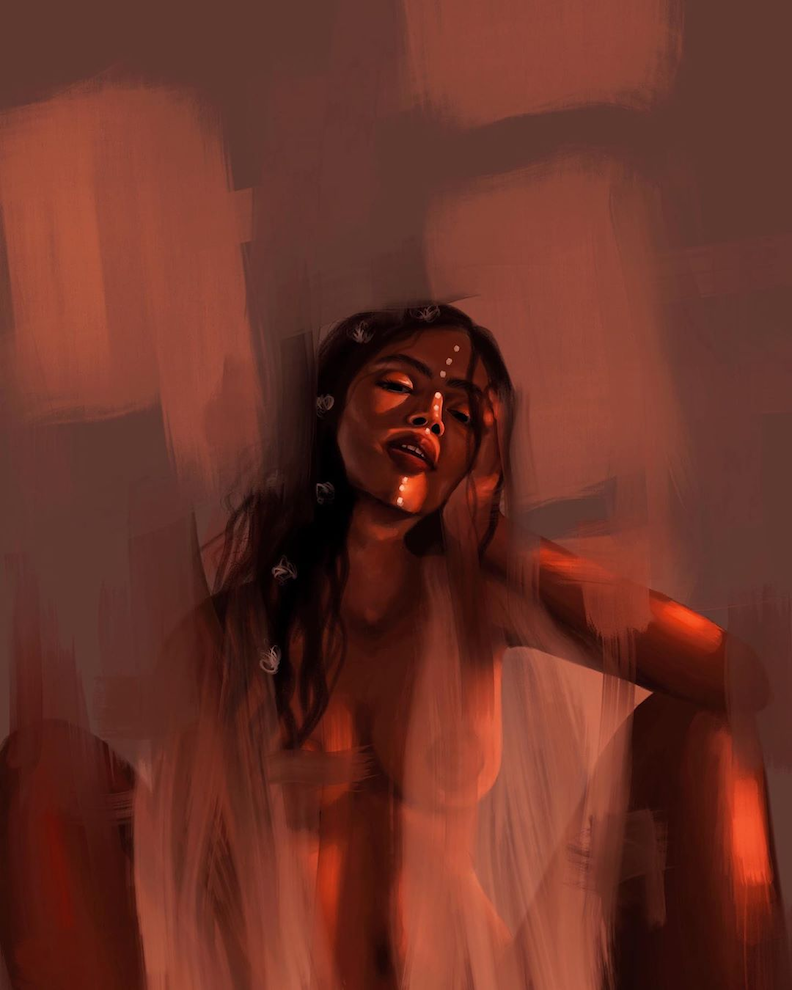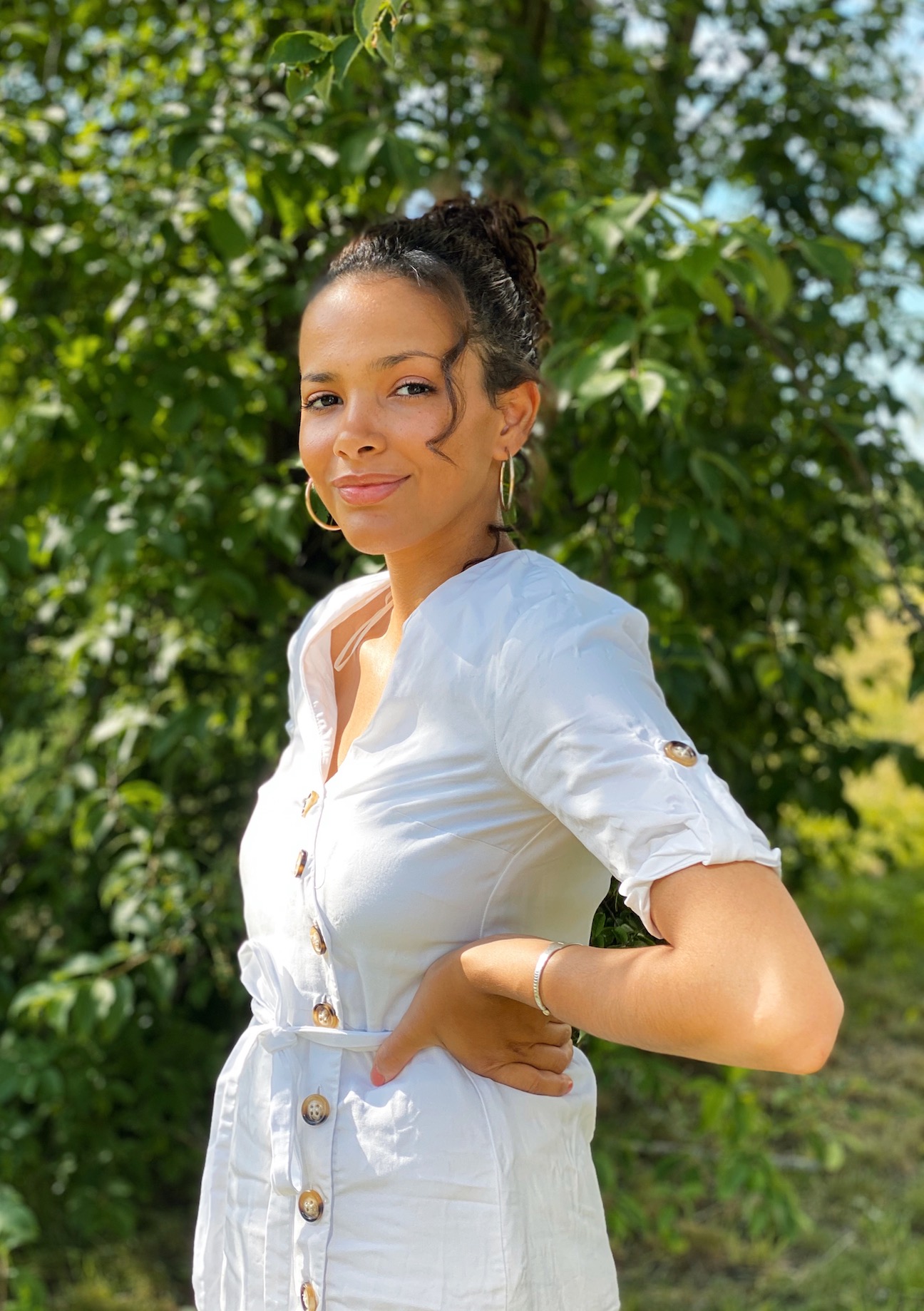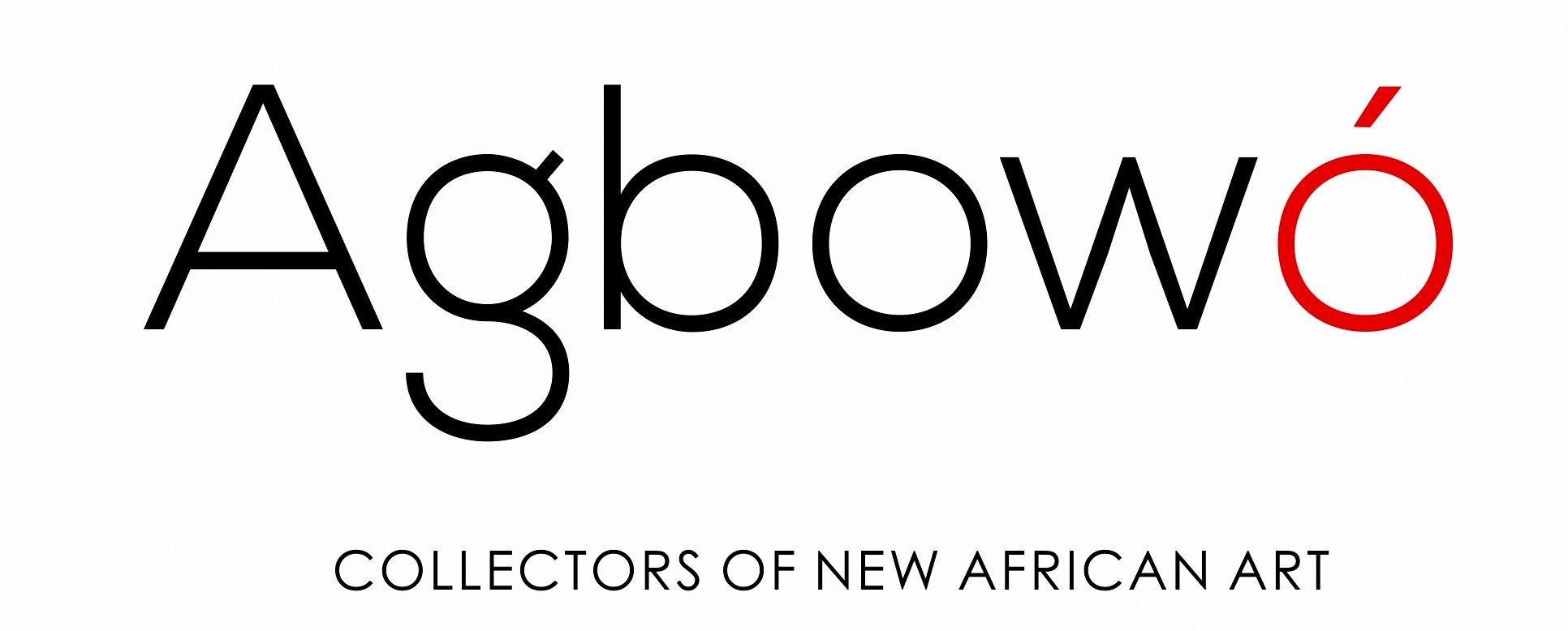Fatima Krantz surely has something to say about that. She is a Digital Illustrator whose journey began when she was born in Mombasa, Kenya. To a Kenyan mother and a Swedish father. She moved to Sweden at a very young age. Through her journey, she has had to deal with the reality of looking different from everyone around her. How did these realities lead her down the path of becoming an artist whose work predominantly speaks to African femininity and the power of womanhood?
I had a quite enlightening conversation with Fatima. With an honest and quite assured demeanor, she shared her perspective on the realities of being a black artist working out of Sweden, how she managed to balance her work as an artist with her day job. And the challenges of creating & surviving during a pandemic.
Tell us about your background. What was it like for you, growing up?
I grew up in a small town on the southern Swedish countryside with my Kenyan mother and siblings. We were the only immigrants in our neighborhood, and most people who met us had never seen black people before. Growing up there wasn’t easy – as a child I didn’t really understand why other kids didn’t want to (or wasn’t allowed by their parents) to play with me. People said we were dangerous and dirty. This really hurt my self esteem growing up, but I had the kindest and most encouraging mother who always, always stood up for me. When kids in my school bullied me, she would literally come to my school and bring those kids to a locked room and teach them a lesson haha! She was and is a lioness so eager to protect her babies and thanks to that, I still turned out fine.

Would you consider yourself an artsy child while growing up? What was your earliest memory of making art?
I was definitely artsy. Art is and has always been my escape from reality. I loved to get wrapped up in small details and just disappear into my world of creativeness. One of my earliest memories, that I can remember so vividly is sitting in my room after my parents divorced and we moved to a new town. I could spend early morning to late night sewing new clothes for my dolls and cutting their hair. It never ended. We moved pretty far from my dad and we had a complicated relationship, but every time he came he brought me a new doll, which was my canvas at the time.
How have your experiences and your environment shaped your work as an artist?
I lived in such a white environment and I wanted to create art to counteract this. Where I grew up, black people was just so un-normal to people. I think these fears come from never seeing and interacting with black people and black culture. So my art aims a lot towards normalizing black art and black people and create a more open society.
What is it like being a mixed race visual artist? What are the realities that this peculiarity brings that influence your work as an artist?
I’m so inspired by Scandinavian art too – the simplicity, neutral colors and often a lot of abstract. At the same time I really want to create art that speaks for the people from the African diaspora. So I guess my art ends up being somewhere in-between the colorfulness and rich history of the African diaspora and its people swell as the simplicity of Scandinavia.
But also just being a third culture kid also means a lot of black people don’t see me as black, and white people absolutely don’t see me as white so I think that makes it hard for people to relate to me as an artist.

You mentioned during our earlier conversation that you work as a flight attendant by day and an artist by night. Certainly, it won’t be easy to juggling both responsibilities. How do you combine your day job and making art?
I think I spend an unhealthy amount of time creating art. Especially now that I am having a huge creative burst! Of course now due to corona I lost my normal day job and have to combine three other jobs to pay the rent, and then doing art. I live with the kindest and most considerate man who gives me so much space to create art. Working digitally on an iPad makes it all a lot easier of course, I spend all of my nights in the couch with the iPad in my hand. And when I used to fly it was such an easy tool to bring on layovers. Flight attendants sure spend a lot of dead time in hotels.
You seem to really enjoy making art. So, why aren’t you doing that full time?
I don’t want to HAVE TO rely on my art. I’m not one of those artist who can create in all endlessness. I have periods where I am able to create, and periods when I just can’t fathom myself to create anything. I want the freedom of going to a normal job where I know I will get paid and then be able to create art in my stress-free free time. I also want my art to be affordable, I don’t make a lot of money with my art because I’m pretty cheap but I don’t want to be some super exclusive artist that only rich people can afford. I want people who can’t normally access art to be able to access my art.
Art to some extent is subjective and the audience have varying degrees of reaction to works from artists. How has the reception towards your work been so far?
99.99% of my reactions have all been good. My art is a lot about womanhood, motherhood and simply living on this world as a black woman. But I do notice when I make something about religion or politics people usually unfollow me on Instagram. I don’t really care, Instagram is extremely shallow and most people on the internet generally are very sensitive to anything that is against their views or opinions.
There are artists especially from Africa whose families are not fully in support of their pursuit of art as a career. What does your family think about your being an Artist?
I come from a very hard working family. In Sweden, like many other places, art is something mainly available to the upper class and people with academic background. So my family never really had access to art and maybe because of this never got interested in it. Literally no one in my family cares about art. They are however very supportive of my art and I guess they don’t dislike it, but they’re also not necessarily interested in it. I do however think if I ever wanted to do art full time, they would never agree with it. My father doesn’t even know I do art and make money on art, and I don’t dare to tell him because he really think it’s a waste of my time, haha!

Asides your environment, what other source of inspiration fuel your work?
I love to get inspired by the works of other artists. I don’t have anyone in particular who inspires me more or less. As much time as I spend on doing art, the same amount of time I spend looking at other’s art. I love art in all forms, classical, digital, visual, writing and poetry, you name it. Basically all of my inspiration comes from other artists.
Some artists want to change the world with their art, some want to make money while some want to do both. What kind of impact do you want your work to make?
I want to change peoples view on black artistry. I also want other black women to have access to art that represents them. I to see a future where black art is everywhere on the streets, in shopping malls, on the internet. And a future where black women don’t feel the need to change themselves such as perm their hair and bleach their skin to fit into a white stereotype just because they have never seen themselves represented in beautiful ways.
You can get familiar with Fatima’s work via her instagram @krantzillustrations and her Esty page https://www.etsy.com/se-en/shop/Krantzillustrations

Fatima Krantz
Fatima Krantz is a 23 years old artist with Kenyan roots but living in Sweden. She grew up in a Kenyan household and was surrounded by strong Kenyan women who have later come to inspire her art. Her art aims to show the immense beauty of black women from the African diaspora. She wants to show the truth and life of black African women – the dark history but also the bright future. Each piece comes with a poem explaining the history behind each piece and her art covers everything from ancient Africa to slavery and colonialism to today’s situation for black women.
This entry appeared in The Memory Issue






